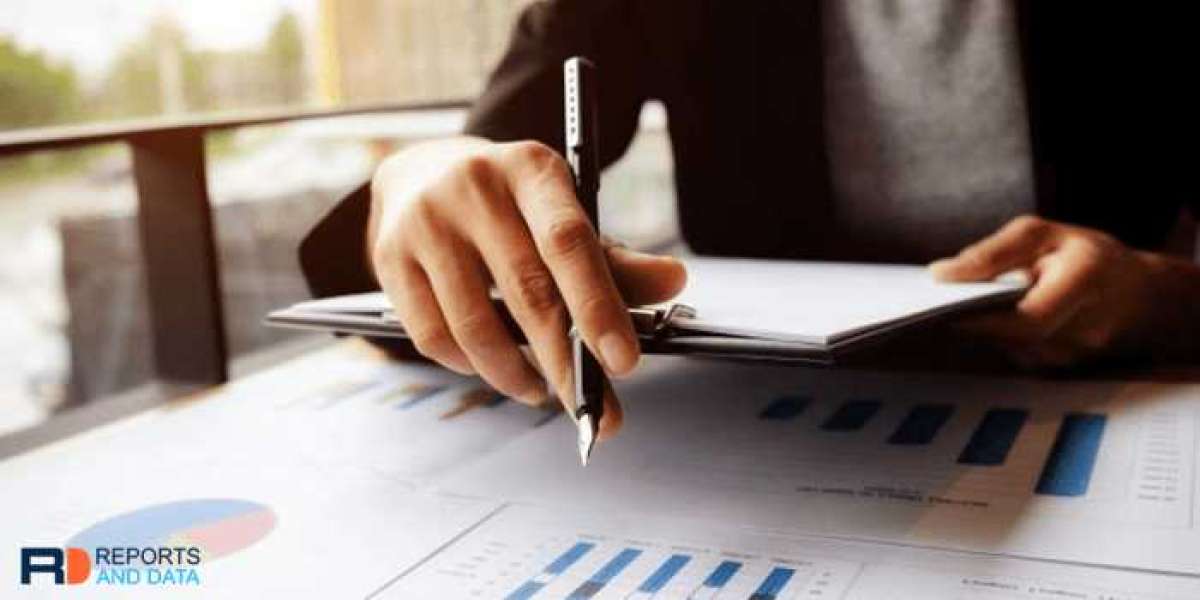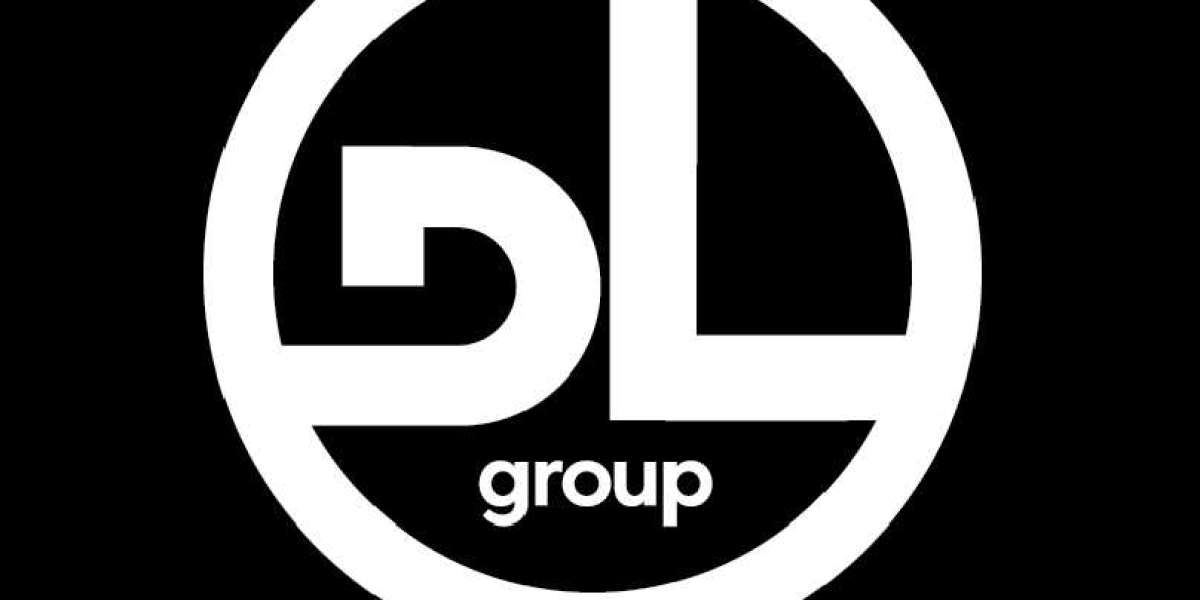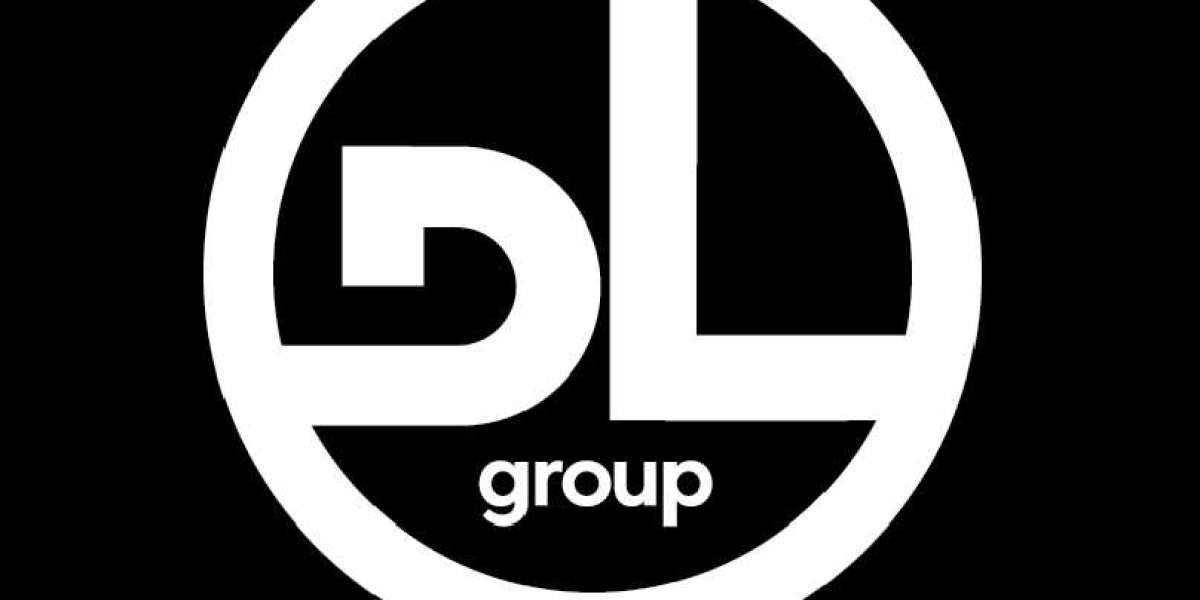What is Backtesting in Trading? A Beginner-Friendly Guide
Have you ever wished you had a crystal ball to predict the future of your trades? While we can’t promise magic, there is a tool that comes close — backtesting. Whether you're new to trading or currently enrolled in a share market technical analysis course or stock market technical analysis course, understanding backtesting is like finding the secret sauce to smarter decisions.
Think of it as test-driving a strategy before hitting the highway of live markets. No one wants to lose money on a guess, right?
In this article, we’ll break down what backtesting is, why it matters, and how you can use it effectively — in plain, simple English.
Discover backtesting in trading and why it matters. Perfect for those in a share market technical analysis course or stock market technical analysis course.
What is Backtesting?
Imagine you're baking a new cake recipe. Before serving it at a big party, wouldn’t you try it out first to make sure it’s tasty? That’s backtesting in a nutshell — testing a trading strategy on past data to see how it would have performed.
In trading, backtesting helps us answer: “If I had used this strategy earlier, would I have made money?” It’s like taking your idea for a test run before investing real cash.
Why is Backtesting Important in Trading?
Because your money is on the line. Nobody wants to enter the stock market blindfolded. Backtesting:
- Reduces risk
- Builds confidence in a strategy
- Helps fine-tune your plan
- Shows patterns and flaws
If you're learning through a share market technical analysis course, you'll quickly learn how vital this step is.
How Does Backtesting Work?
Here’s how it goes:
- Create a strategy — e.g., buy when a stock crosses its 50-day moving average.
- Gather historical data — past stock prices, volume, indicators, etc.
- Apply the strategy to this data — see where it would’ve triggered trades.
- Analyze the outcome — profit/loss, win rate, drawdown, etc.
It’s like checking how your umbrella holds up in yesterday’s storm before trusting it in today’s rain.
Backtesting vs. Paper Trading
You might hear both terms used often, so what’s the difference?
- Backtesting uses past data to see how a strategy would have worked.
- Paper trading uses real-time (but fake-money) trades to see how a strategy is currently working.
Think of backtesting as watching past game footage and paper trading as playing a practice match today.
The Role of Historical Data
Without good historical data, backtesting is like trying to drive with a dirty windshield. You need:
- Accurate and complete data (price, volume, indicators)
- High-quality sources
- Long enough timeframes to test different market conditions
Good data = better insights. Bad data = misleading results.
Components of a Good Backtest
Not all backtests are created equal. Here's what makes a backtest solid:
- Clear rules: When to buy, sell, exit.
- Defined timeframe: How far back are you testing?
- Risk management: Stop-loss, position sizing.
- Transaction costs included: Broker fees, slippage.
These ingredients help create a recipe that actually works in real life.
Common Mistakes in Backtesting
It’s easy to get excited and jump in — but watch out for these traps:
- Overfitting: Making your strategy too perfect for past data, so it fails in the future.
- Ignoring fees: Those little charges add up.
- Bias: “I’ll only test this during the good market years.”
Avoid these, and your backtesting will actually help you — not fool you.
How to Backtest a Trading Strategy
Here’s a simple step-by-step for beginners:
- Define your strategy clearly.
- Collect historical data (free sources like Yahoo Finance or paid ones).
- Use a backtesting platform or Excel to simulate trades.
- Track results — note profit, losses, success rate.
- Tweak your strategy if needed and test again.
You’ll be amazed how much you learn from just trying this once.
Manual vs. Automated Backtesting
Manual backtesting means you’re doing it by hand — maybe in a spreadsheet.
Automated means using software to run the numbers for you quickly.
Manual is slower but great for learning. Automated is faster and scalable.
Think of it as comparing handwritten math to using a calculator. Both have their place.
Popular Tools and Software for Backtesting
Here are a few beginner-friendly platforms:
- Quanttrix – Simple, visual, with scripting options.
- MetaTrader – Great for Forex traders.
- Amibroker – Popular in India, often used in stock market technical analysis courses.
- Python (with Pandas/Backtrader) – More technical, but powerful.
If you’re in a share market technical analysis course, ask your mentor which tool they recommend.
Understanding Risk Through Backtesting
What if your strategy makes money 8 times out of 10 — but loses BIG the other 2?
Backtesting can show:
- Max drawdown (how much you could lose)
- Win/loss ratio
- Consistency over time
These insights can save you from emotional decisions and financial pain.
Backtesting and Technical Analysis
Technical analysis is like reading the stock’s body language. Backtesting tests whether your reading is accurate.
If you use indicators like RSI, MACD, Bollinger Bands — backtesting helps you know which ones truly work together. No more guessing.
Real-Life Example of Backtesting
Let’s say your strategy is: “Buy when RSI drops below 30 and price crosses above the 50-day moving average.”
You test it on Tata Motors stock from 2018 to 2023. You find:
- Win rate: 62%
- Average profit per trade: ₹800
- Max drawdown: 12%
This helps you decide whether the strategy is reliable enough to use with real money.
Pros and Cons of Backtesting
Pros:
- Helps fine-tune strategies
- Builds trader confidence
- Saves money by avoiding bad ideas
Cons:
- Past performance ≠ future results
- Risk of over-optimization
- Can be misleading if done poorly
Backtesting is powerful — but only if used wisely.
Is Backtesting for You?
If you’re serious about trading, the answer is yes.
Even if you're just starting out or taking a stock market technical analysis course, learning to backtest could be your first step toward smart trading — not just lucky guessing.
Conclusion
Backtesting is like looking into a rearview mirror to drive forward smarter. It’s not about predicting the future — it’s about preparing for it. For anyone taking a share market technical analysis course or aiming to master trading, backtesting is a must-have tool in your kit.
Take the time to learn it, practice it, and use it wisely — and your trading journey will be off to a much more informed start.
Want to level up your knowledge further? Consider joining a share market technical analysis course or stock market technical analysis course — they’ll help you make sense of all this and more.
FAQs
Can backtesting guarantee future success?
No, backtesting helps evaluate past performance, but markets change, so it's not a crystal ball.
Do I need coding skills to backtest?
Not necessarily. Many platforms like Quanttrix or Amibroker allow strategy testing without coding.
Is backtesting useful for beginners?
Absolutely! It's a great way to learn what works before risking real money.
How much historical data is enough for backtesting?
Typically 5–10 years of data gives a balanced view across different market conditions.
Can I backtest any strategy?
Yes, but make sure the rules are clear and measurable — otherwise, the results won’t be reliable.








